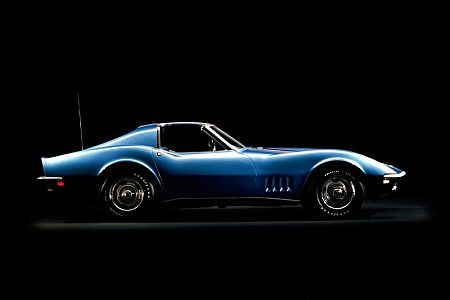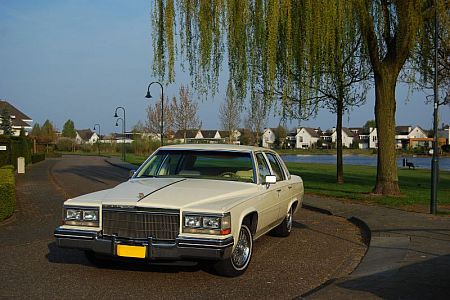BMW E12
The BMW E12, also known as the first-generation 5 Series (1972-1981), can rightly be called a pioneering model. Not only did it introduce the type designations still used today at the Bavarian brand, but at the time it also set new standards in terms of driving pleasure in the upper mid-range segment. Indeed, it was all about the pleasure of driving, or "Freude am Fahren".
After the 'Neue Klasse', or 1500-2000 Series of the 1960s, put BMW back on the map, the manufacturer bubbled with self-confidence and enthusiastically worked on a worthy successor. In 1970, they made the public curious with the Garmisch, a concept car designed by Bertone, while two years later the 5 Series, designed by Frenchman Paul Bracq, ushered in a new era.

Familiar but updated design
The design built on a familiar profile, with a downward-sloping nose and the distinctive 'Hofmeister kink' in the rear door. In contrast, the model made a sleeker impression than its predecessor. BMW made best use of the space within the exterior dimensions, but did sacrifice a significant portion for the future six-cylinder inline engines in the nose.
Attention to safety
The manufacturer paid particular attention to safety, equipping all versions with features such as parking lights, height-adjustable headrests, tinted glass in the door mirrors, a steering wheel with a large pad and interval controls for the wipers.

Suspension and engine
In terms of suspension, the 5 Series distinguished itself from many competitors: independent suspension all round, with McPherson struts at the front and longitudinal wishbones at the rear. The press could not help but confirm that BMW delivered on its promise of excellent handling. The rest of the car, known internally as the E12, also received plenty of praise, although some journalists found the engines a little too high-revving and therefore nervous for an vintage car of this calibre.

New BMW E12 models
BMW had no ambition, nor the means, to expand the 5 Series with all kinds of different body styles. They preferred to concentrate on the technology, which was already available in other models. The story began with the 520 and 520i (where the "i" obviously stands for injection), both four-cylinders from the Neue Klasse era. Soon the 525 joined with a six-cylinder inline engine, which gave the car the smoothness it actually begged for. To lower the entry-level price of the sedan, the manufacturer added the 518 to the range, while the car gained real sporty aspirations as the 528.

BMW offered almost every type of 5 Series optionally with an automatic transmission, while a five-speed manual transmission always required an additional investment, as well as luxury gadgets such as electric window controls - which were standard on the top model - and power steering.
Performance and handling
We could talk at length about the excellent handling, the attractive six-cylinder engines and the strong perception of quality, but it is better to experience these aspects for yourself in practice.
BMW E12 M535i
The more powerful engines simply make the 5 Series look its best and don't even require that much extra fuel to do so, with the exception of the M 535i. This particular variant enjoys separate status in several ways. When it comes to both purchase and repairs, you need to bring a well-stocked wallet, as the car is packed with exclusive Motorsport components.
528i attainable alternative
As a more attainable alternative, there is the 528i. Incidentally, the injection models are not very suitable for LPG as they may backfire, unless you opt for a pricey gas injection system. In all cases, keep a close eye on temperature development, as aluminium cylinder heads are relatively fragile. Lesson one: ensure a careful warm-up.

In terms of quality, BMW had the E12 in good shape, except in terms of rust prevention. Post-facelift 1977 models in particular tended to slowly dissolve into nature.
BMW E12 for sale?
As for parts availability, there is little to complain about, as the manufacturer has set up a special division for that purpose: BMW Classic. The market value of a 5 Series depends heavily on the chosen engine version. In all cases, however, it is a BMW at heart.




